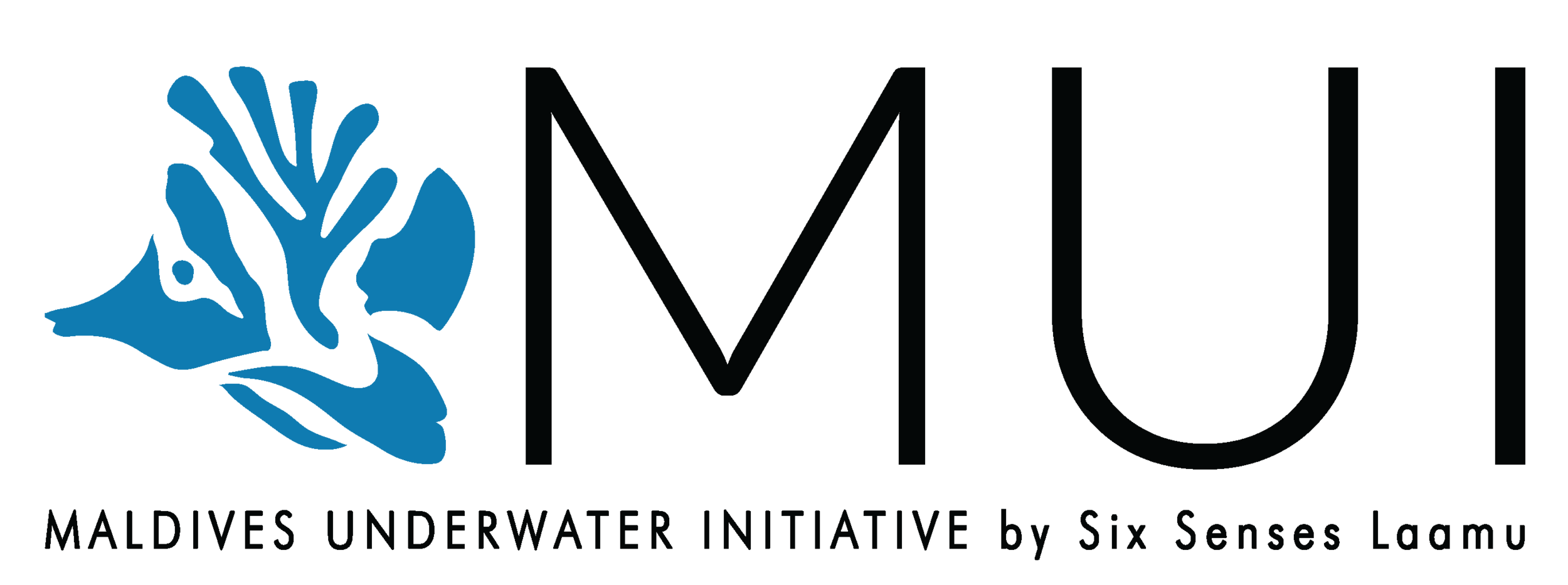The SHELL has a new coral nursery system capable of housing up to 10,000 corals! With this new infrastructure, we hope to significantly enhance the scale at which we can help our reef’s recovery after a series of recent coral bleaching events. It will also serve as an important educational tool for visiting guests and community members. The Maldives has faced three significant mass bleaching events in recent times. One in 1998, another in 2016 where we lost ~75% of corals, and most recently in 2024. T
his year’s bleaching event was globally significant and caused large-scale mortality of corals in the Maldives and the rest of the world. As ocean temperatures continue to rise due to climate change, bleaching events are likely to continue and increase in frequency. So growing new corals is one tool we can use to enhance coral cover in Laamu.
The larger capacity coral rearing system complements the laval restoration work that was started at MUI in 2023, where we have been monitoring coral spawning, collecting bundles of eggs and sperm, and releasing them 4 days after when the eggs have developed into free-swimming larvae. At this stage, the larvae are ready to settle on a reef and grow into baby corals. While we release most of these larvae onto dead reefs to restore them, we also keep a few of them in our nursery systems and grow our baby coral.
Our original Coral Nursery located in our laboratory is home to 1000 corals babies, and when mature enough can be transplanted into the new nursery system to continue their growth with the eventual aim of being transplanted back onto the reef. The team has also started a new project involving microfragmenting corals. This process involves cutting a matured coral colony into smaller pieces and these small pieces will grow to be mature coral colonies in a few years. The corals left after the 2024 bleaching event are naturally more heat-resistant as they survived peak ocean temperatures in Laamu of 35 degrees Celsius. With this information, the team can rear more heat-resistant corals but also rare corals which can’t be found on our reef!
By concurrently running larval restoration and microframentation programs and growing these corals in our large scale coral nurseries we will foster both genetic diversity as well as enhanced coral biomass to eventually repopulate our reef. This ambitious project would not be possible without the generous support of our partners, Aquarium Connections, and to the donors who helped us start this initiative. With your contributions, we have some hope for our reefs in Laamu.
